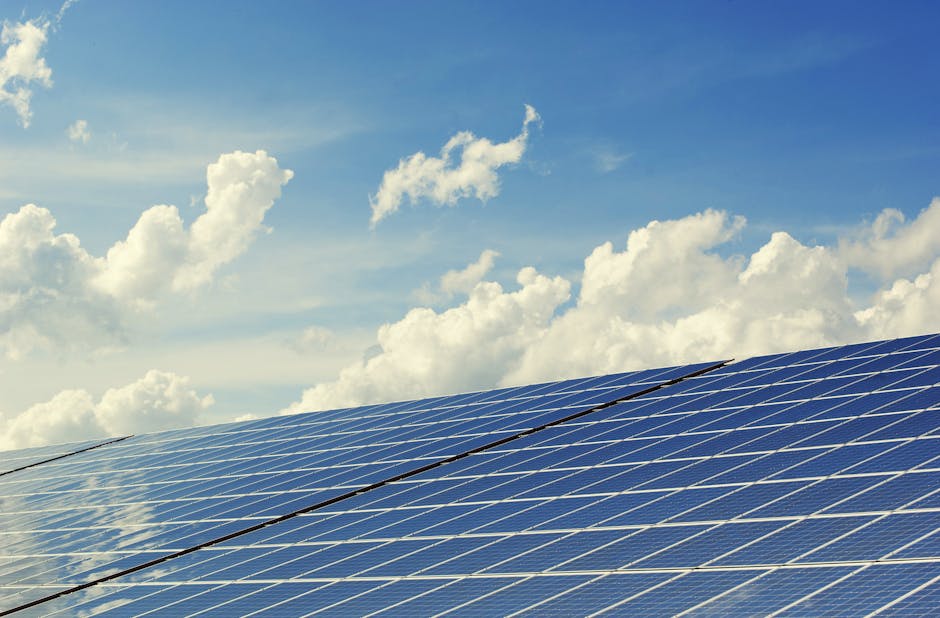How Much Solar Power Do I Need For My Shed?
Solar power is becoming an increasingly popular choice for powering sheds, whether for gardening, workshops, or storage. But how do you determine how much solar power you need for your shed? This guide will walk you through the essential steps to calculate your solar power needs, helping you make informed decisions for your energy requirements.
Understanding Your Energy Needs
The first step in determining how much solar power you need is to understand your energy consumption. This involves assessing what you plan to use in your shed and how often you will use it.
Identify Your Appliances
Start by listing all the appliances and devices you plan to use in your shed. Common items might include:
- LED lights
- Power tools (drills, saws, etc.)
- Refrigerators or coolers
- Heating or cooling units
- Charging stations for batteries or devices
Each of these items will have a different power requirement, usually measured in watts. You can find this information on the appliance itself or in the user manual.
Calculate Your Daily Energy Consumption
Once you have a list of appliances, calculate the total daily energy consumption. This is done by multiplying the wattage of each appliance by the number of hours you plan to use it each day. Here’s a simple formula:
Daily Energy Consumption (in watt-hours) = Wattage x Hours Used
For example, if you have a 10-watt LED light that you use for 5 hours a day, the calculation would be:
10 watts x 5 hours = 50 watt-hours
Repeat this for all appliances and sum them up to get your total daily energy consumption.
Understanding Solar Power Output
Now that you know how much energy you need, it’s time to understand how much energy solar panels can produce. This will depend on several factors, including the size of the solar panel system, the amount of sunlight your location receives, and the efficiency of the panels.
Solar Panel Ratings
Solar panels are rated by their power output, typically measured in watts. Common residential solar panels range from 250 to 400 watts. The actual output will depend on:
- The number of panels you install
- The efficiency of the panels
- The amount of sunlight your area receives (measured in peak sun hours)
Calculating Solar Power Output
To estimate how much energy your solar panels can produce, use the following formula:
Solar Power Output (in watt-hours) = Total Panel Wattage x Peak Sun Hours
For example, if you have four 300-watt panels and your location receives an average of 5 peak sun hours per day, the calculation would be:
(4 panels x 300 watts) x 5 hours = 6000 watt-hours
Determining Your Solar Power Needs
Now that you have both your energy consumption and potential solar output, you can determine how much solar power you need.
Comparing Energy Needs to Solar Output
To find out if your solar panel system will meet your needs, compare your total daily energy consumption to your solar power output. If your solar output is greater than or equal to your consumption, you’re in good shape!
If your solar output is less than your consumption, you may need to:
- Add more solar panels
- Reduce your energy consumption
- Consider battery storage for excess energy
Battery Storage Considerations
If you plan to use your shed at night or during cloudy days, battery storage becomes essential. Batteries store excess energy generated during the day for use when solar production is low.
Choosing the Right Battery Size
To determine the size of the battery you need, consider the following:
- How much energy do you need to store? (Use your daily energy consumption)
- How many days of backup power do you want? (Consider 1-3 days for cloudy weather)
Use this formula to calculate battery capacity:
Battery Capacity (in watt-hours) = Daily Energy Consumption x Days of Backup
For example, if your daily consumption is 2000 watt-hours and you want 2 days of backup, the calculation would be:
2000 watt-hours x 2 days = 4000 watt-hours
Choosing the Right Solar System
Once you have a clear understanding of your energy needs and potential solar output, it’s time to choose the right solar system for your shed.
Types of Solar Systems
There are several types of solar systems to consider:
- Grid-Tied Systems: These systems are connected to the utility grid and can draw power from it when solar production is low.
- Off-Grid Systems: Ideal for remote locations, these systems rely solely on solar power and battery storage.
- Hybrid Systems: These combine both grid-tied and off-grid capabilities, allowing for flexibility.
Installation Considerations
When installing a solar system for your shed, consider the following:
- Roof orientation and angle for optimal sunlight exposure
- Local regulations and permits required for installation
- Professional installation vs. DIY options
Maintenance and Longevity
To ensure your solar system operates efficiently, regular maintenance is essential. Here are some tips:
- Keep solar panels clean and free from debris.
- Check connections and wiring for any signs of wear or damage.
- Monitor battery health and replace as needed.
Conclusion
Determining how much solar power you need for your shed involves understanding your energy consumption, calculating potential solar output, and considering battery storage options. By following these steps, you can create a solar power system that meets your needs and enhances your shed’s functionality.
With the right planning and installation, solar power can provide




